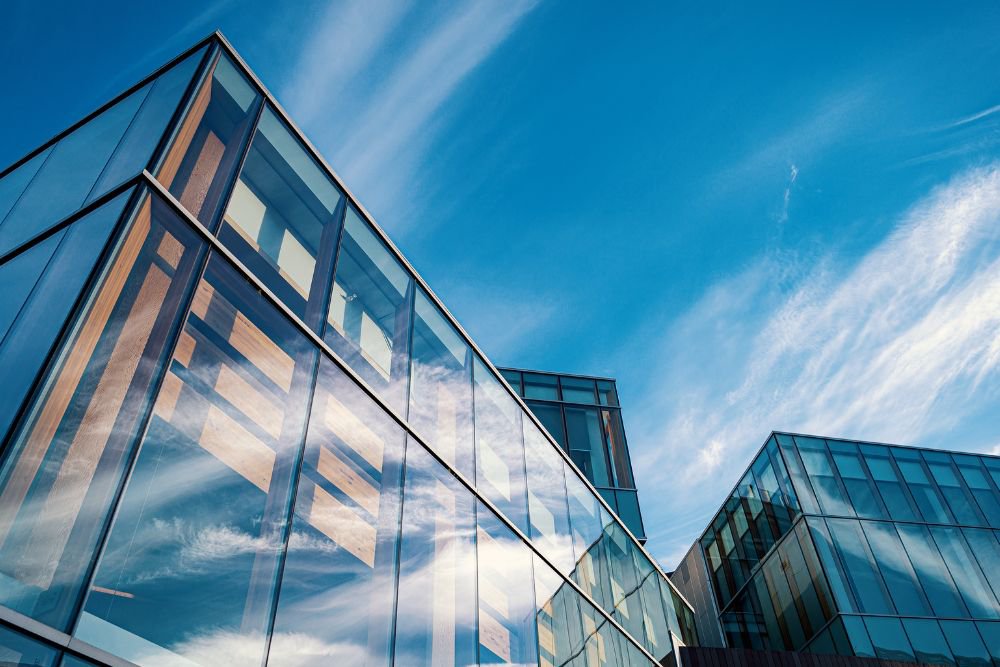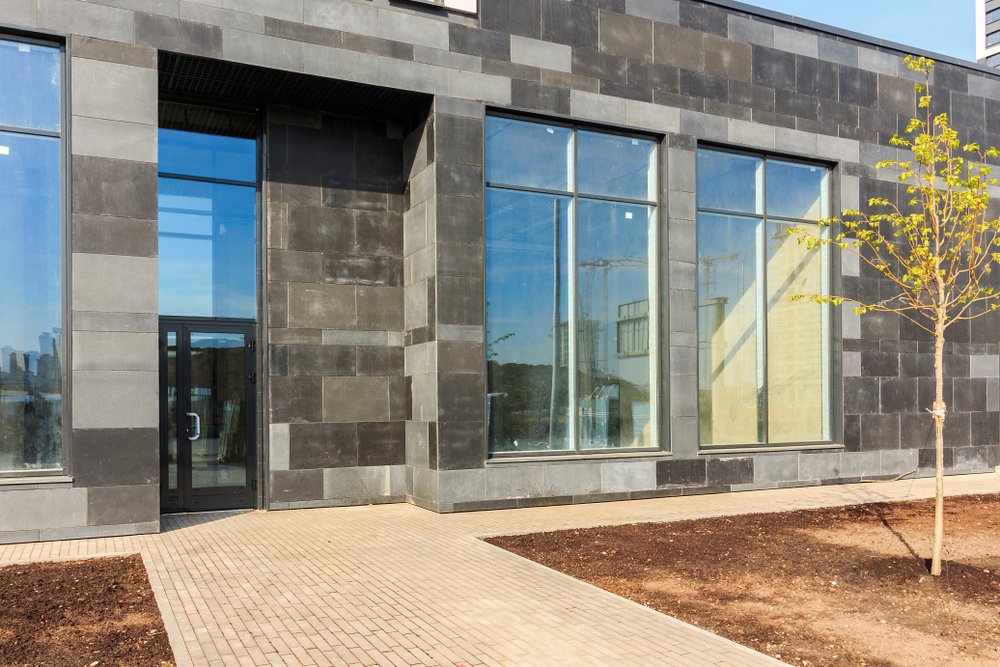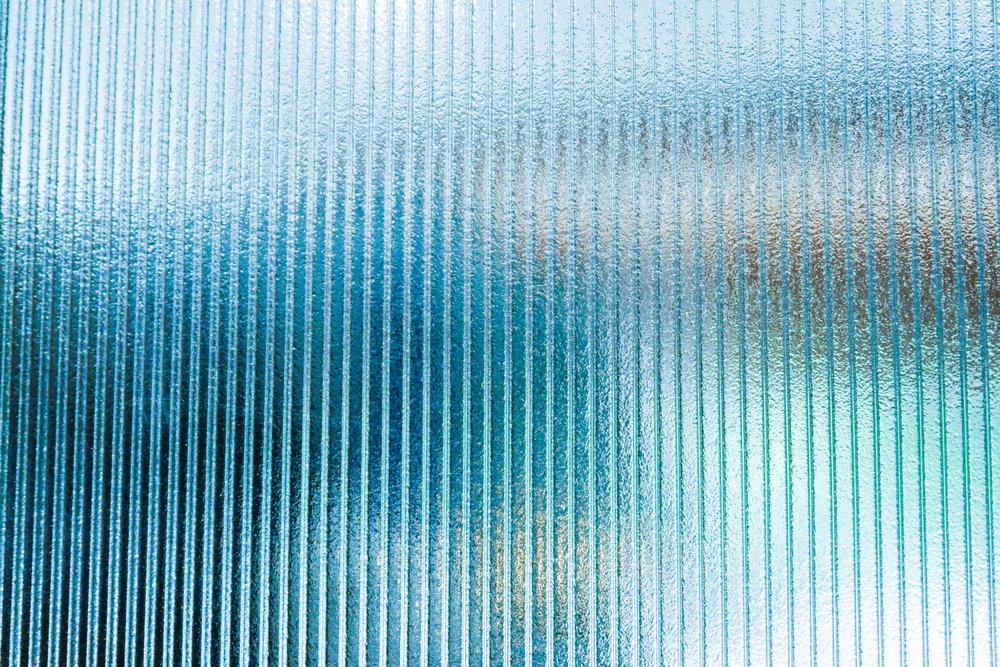Modern buildings demand solutions that balance energy efficiency with natural daylight, creating spaces that feel comfortable and inviting year-round. Innovative window technologies allow homeowners and designers to reduce energy loss without sacrificing brightness or aesthetic appeal. Among these advancements, low-E glass provides superior insulation while maintaining ample natural light inside interiors.
Beyond reducing energy use, this technology helps lower heating and cooling expenses significantly over the long term. Enhanced insulation minimizes temperature swings, eliminating cold spots and improving overall indoor comfort for occupants. Adopting Low-E glass aligns with sustainable building goals while supporting practical strategies for cost-efficient property management.
How Low-E Coatings Reduce Heat Transfer
Low-E coatings reflect infrared heat while allowing visible light to pass, creating effective thermal control. During winter, the coating keeps interior warmth inside, preventing heat loss through the glass. Conversely, in summer, low-e glass reflects exterior heat, maintaining cooler indoor temperatures.

The coating is microscopically thin yet highly effective, allowing natural daylight to illuminate interiors without excessive solar gain. Selecting the right low-e coating type, whether soft-coat or hard-coat, depends on specific performance requirements and building application. Both options enhance energy efficiency while supporting occupant comfort and indoor climate stability.
Low-E glass reduces strain on HVAC systems, decreasing energy usage and prolonging equipment lifespan. Buildings with improved thermal insulation also experience fewer drafts, maintaining a consistent indoor environment. For further guidance, see How They Improve Energy Efficiency in Insulated Glass for detailed insights into performance differences and applications.
Measuring Performance: R-Values and U-Values
Accurately assessing window performance requires understanding R-values and U-values, especially when selecting low-e glass for insulated units. These metrics allow designers to compare energy-rated IGUs, ensuring optimal thermal resistance and efficient heat transfer management. Proper evaluation supports both occupant comfort and long-term energy cost savings across all building types.
Incorporating low-e glass into insulated units significantly enhances R-values and lowers U-values compared to standard clear glass alternatives. Designers and builders rely on these measurements to meet energy codes while maintaining aesthetic and functional integrity. The following table illustrates how R-values and U-values differentiate performance for energy-rated IGUs:
| Metric | Definition | Performance Indicator | Effect with Low-E Glass |
|---|---|---|---|
| R-Value | Measures thermal resistance | Higher value = better insulation | Increases significantly |
| U-Value | Measures heat transfer rate | Lower value = reduced energy loss | Decreases significantly |
Evaluating these values early in the design process ensures that energy-rated IGUs deliver predictable comfort and efficiency. Integrating performance metrics with strategic glass selection maximizes long-term sustainability and cost effectiveness. Ultimately, these insights help professionals choose solutions that balance energy efficiency, aesthetics, and occupant satisfaction.
Enhancing Indoor Comfort with Low-E Glass
Selecting energy-rated IGUs with advanced low-E glass technology helps maximize comfort and savings throughout the year. The glass reduces drafts and cold spots, ensuring consistent indoor temperatures in both residential and commercial spaces. Occupants enjoy a balanced environment that remains comfortable during extreme seasonal changes.
Low-E glass also limits radiant heat loss while reflecting unwanted solar heat during summer months. This reduces reliance on heating and cooling systems, supporting energy efficiency and stable interior conditions. Additional ways low-E glass enhances comfort include:
- Limiting UV exposure to protect furniture, flooring, and finishes from fading.
- Reducing glare while maintaining natural daylight for visual comfort.
- Buffering exterior noise to create quieter indoor spaces.
- Preventing condensation on window surfaces for healthier, more durable interiors.
Pairing Low-E Glass with Argon-Filled Sealed Units
Combining energy-efficient windows with argon-filled IGUs significantly enhances low-E glass performance by reducing heat transfer between panes. This inert gas provides superior insulation without increasing bulk, maintaining sleek and functional window assemblies. When paired with low-E coatings, these units create highly efficient glazing solutions that balance comfort and energy savings.
The combination improves both R-values and U-values, lowering energy consumption for heating and cooling systems throughout the year. Occupants enjoy more consistent indoor temperatures, while the argon layer stabilizes climate fluctuations across all spaces. Additionally, argon-filled units reduce condensation risks, extend window lifespan, and preserve overall building envelope performance.
Reducing Long-Term Energy Expenses
Investing in low-E glass provides immediate and lasting financial benefits by lowering heating and cooling requirements efficiently. Fewer HVAC adjustments reduce energy bills while minimizing operational strain on mechanical systems throughout the year. Property owners in energy-intensive regions can achieve substantial long-term savings with properly designed glazing solutions.
Low-E glass also decreases solar heat gain, reducing cooling costs during warmer months while supporting consistent indoor climates. Combined with energy-efficient windows and well-designed IGUs, it ensures predictable energy consumption and sustainable building performance. Additional ways low-E glass helps reduce long-term energy expenses include:
- Lowering utility bills by enhancing overall thermal efficiency in all seasons.
- Reducing mechanical system wear, prolonging equipment lifespan and minimizing maintenance costs.
- Supporting environmentally responsible design by decreasing energy demand and carbon footprint.
- Maintaining property value by appealing to energy-conscious buyers and meeting modern building standards.
- Minimizing temperature fluctuations to reduce unnecessary heating or cooling adjustments.
- Enhancing occupant comfort while simultaneously contributing to cost-effective energy management strategies.
Sustainability and Environmental Impact
Low-E glass significantly contributes to reducing a building’s carbon footprint by lowering energy consumption and minimizing greenhouse gas emissions. Implementing low-E glass solutions supports eco-friendly design goals while maintaining comfortable indoor environments year-round. Adopting these technologies demonstrates a clear commitment to sustainable building practices without compromising aesthetics or functionality.
The technology also aligns with green building certifications, such as LEED, by enhancing energy efficiency across all project types. Sustainable design increasingly incorporates low-E glazing, combining durability, performance, and aesthetic flexibility for long-term environmental benefits. Regular window glass maintenance ensures that thermal performance is preserved, extending lifespan and reducing the need for frequent replacements.

Integrating Low-E Glass in Modern Projects
Designers and builders increasingly specify low-E glass to enhance indoor comfort while simultaneously reducing energy consumption across all building types. Residential, commercial, and institutional projects benefit from improved occupant satisfaction and predictable energy performance throughout seasonal variations. Careful selection of coatings and IGU configurations ensures each project achieves optimal efficiency and long-term results.
Low-E glass also supports daylighting without excessive heat gain, maintaining natural light and visual comfort within interiors. Buildings achieve a harmonious balance between energy efficiency, aesthetic appeal, and sustainable design objectives. Incorporating premium low-E insulated units provides reliable performance, durability, and comfort, making energy-smart glass a strategic choice for modern construction.
Achieving Energy Efficiency and Comfort
Implementing low-e glass in building projects enhances thermal performance while maintaining natural light and interior visibility. Reduced energy consumption and improved temperature consistency contribute to lower utility expenses. The technology simultaneously supports sustainable design objectives and occupant well-being.
Long-term benefits include increased property value, lower maintenance costs, and reliable indoor comfort year-round. Pairing low-e coatings with argon-filled IGUs amplifies energy efficiency and maximizes cost savings. Work with Insul-Lite Manufacturing™ to deliver energy-smart glass solutions that optimize building performance and occupant satisfaction.





